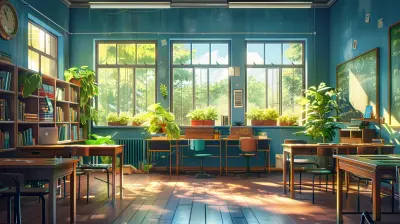Developing a Green Curriculum for Early Childhood Education
25 July 2025
Let’s be honest—our planet is in trouble. Climate change, deforestation, pollution… it’s all getting a little too real. But what if we could flip the script, starting right from where it all begins—early childhood education? Yep, you heard it right. Let’s talk about developing a green curriculum for our youngest learners and why it’s the game-changer we need.
As parents, educators, or simply concerned humans, we all wonder: how can we raise kids to care about the Earth? The answer isn’t waiting until they're in high school or even middle school. It starts way earlier—during those tender, formative years when their minds are like sponges, soaking up everything around them.
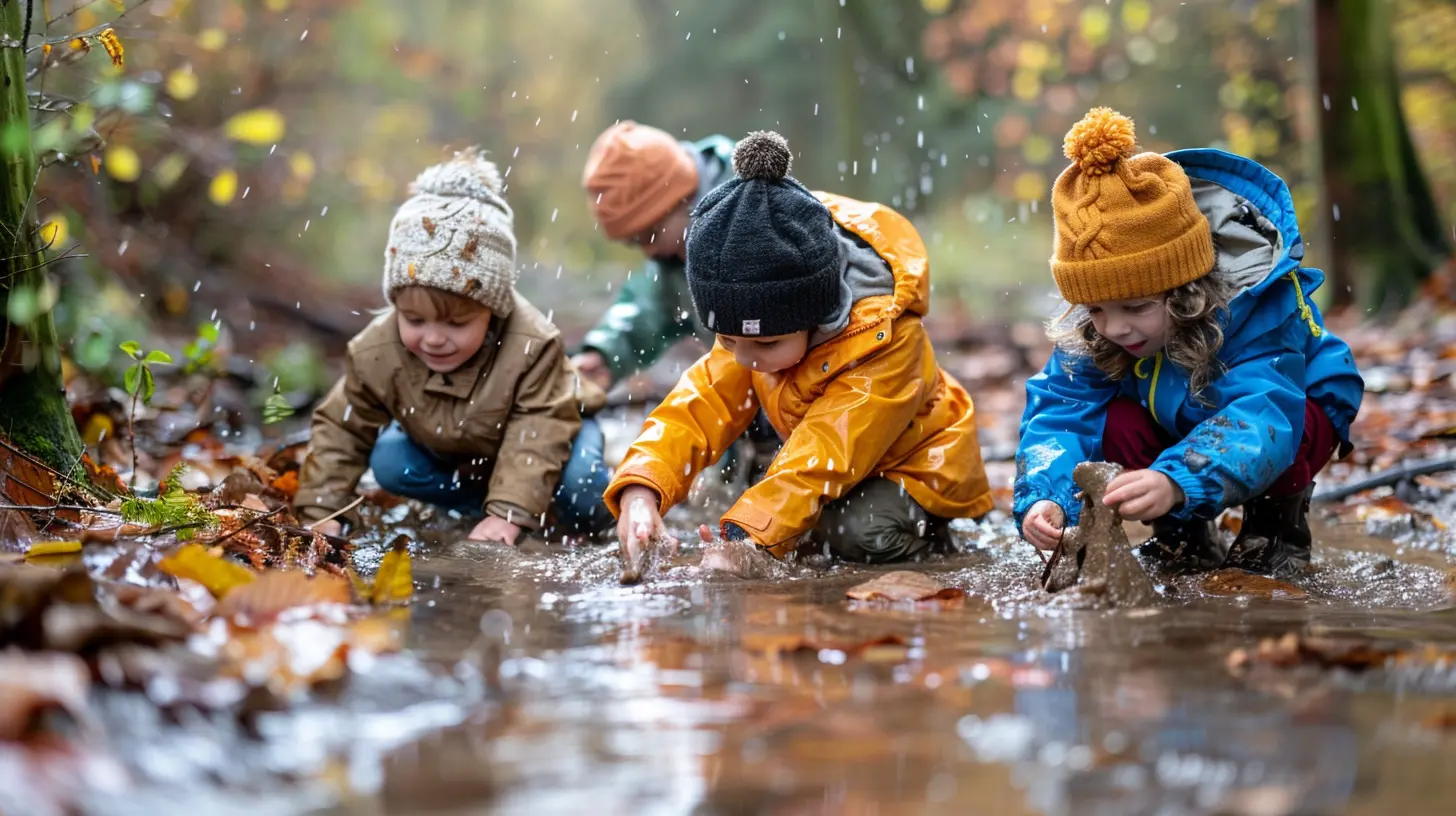
Why Go Green in Early Childhood Education?
Let’s face it—kids today are tomorrow’s decision-makers. If we want a greener, more sustainable future, we need to plant those seeds (literally and figuratively) early. But why start so young?Well, during early childhood, kids are developing their sense of identity, values, and how they relate to the world. What better time to help them fall in love with nature and feel empowered to protect it?
Think about it like this: You don’t hand a kid a bike and expect them to compete in the Tour de France, right? You give them training wheels first. A green curriculum acts like those training wheels—it sets the foundation for lifelong environmental awareness.
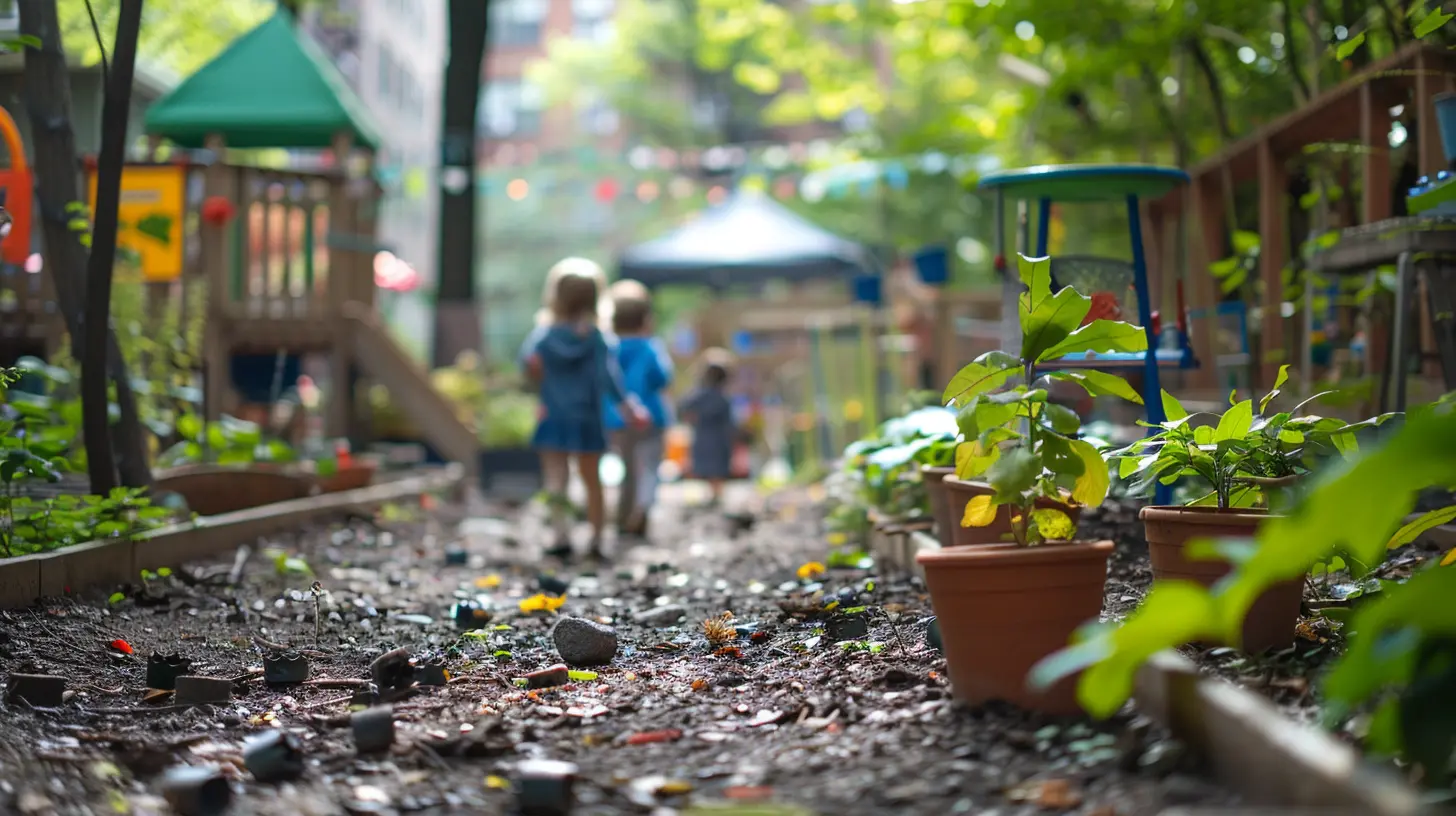
What Is a Green Curriculum, Anyway?
Before we dive into the how, let’s define the what. A green curriculum isn’t just about teaching facts about recycling or naming animals. It’s a holistic approach to learning that embeds environmental consciousness into everyday activities, storytelling, play, and even snack time.It weaves sustainability into the fabric of learning. It’s about teaching kids how to care—about the planet, their surroundings, and each other.
Core Principles of a Green Curriculum:
1. Connection to Nature: Outdoor learning becomes a regular thing—not a once-a-year field trip.2. Sustainability Education: Kids learn about reducing waste, saving energy, and being mindful consumers.
3. Hands-On Learning: Think gardening, composting, and nature walks instead of textbook-only learning.
4. Eco-Friendly Environments: Classrooms use sustainable materials and promote eco-conscious choices.
5. Social Responsibility: Compassion, empathy, and community care are part of the daily lesson plan.
Now, let’s roll up our sleeves and talk about how to create a green curriculum that sticks.
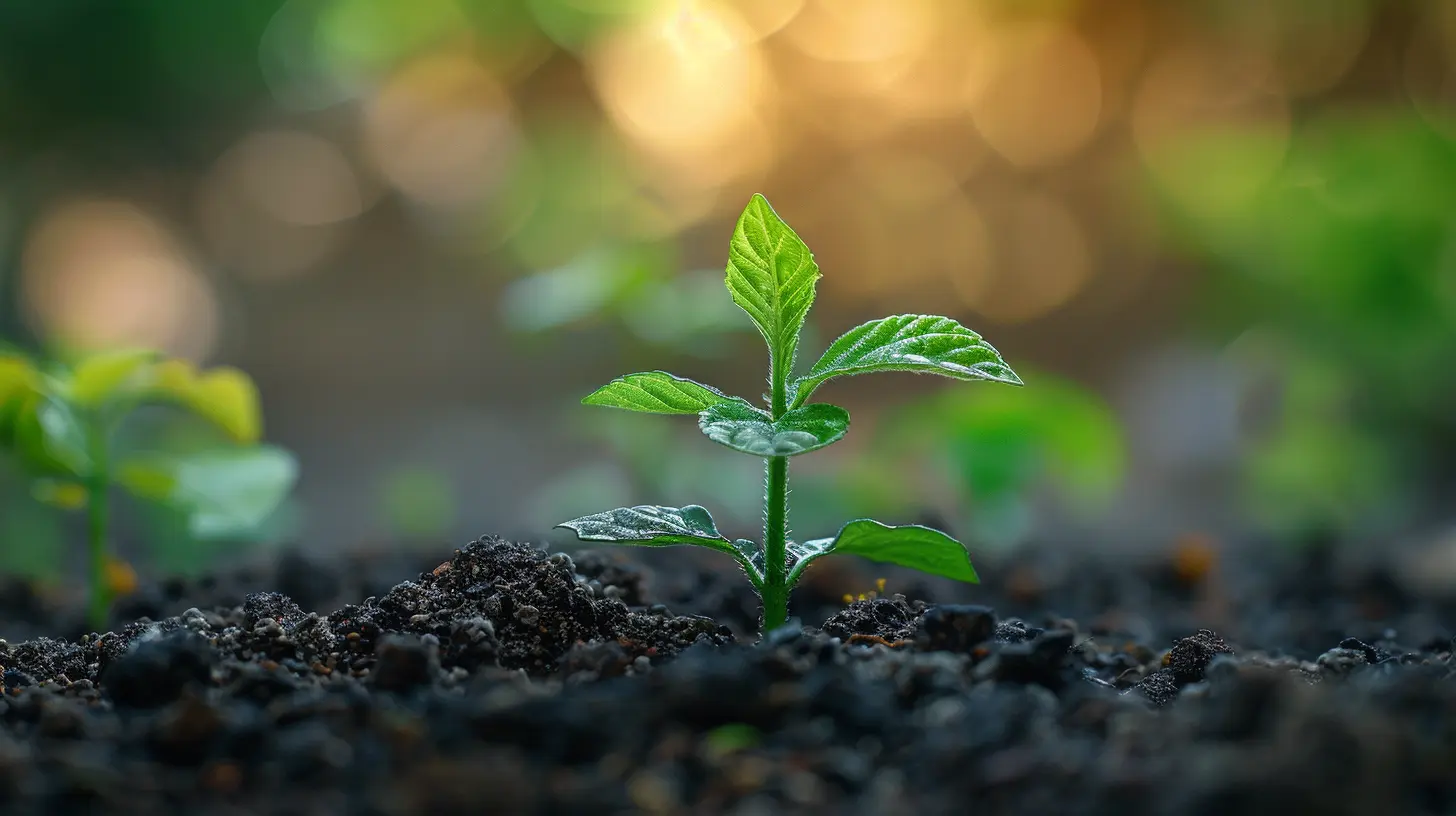
Step-by-Step Guide to Developing a Green Curriculum
Creating a green curriculum isn’t about adding “environment” as a subject. It’s a mindset shift. Here’s how to break it down.1. Shift the Learning Environment
First things first, let’s green up the space.- Use recycled materials for art projects.
- Decorate with potted plants and natural light.
- Swap plastic toys for wooden or sustainable alternatives.
- Include nature-themed books in your reading corner.
The environment is the third teacher (after the adult and the child), so make sure it walks the talk.
2. Integrate Nature into Daily Routines
Kids are naturally curious about bugs, mud, and rainbows. Use that!- Have daily outdoor play, regardless of the weather.
- Introduce nature journaling with simple drawings or observations.
- Create a weather station where kids can learn about climate patterns.
Even snack time can be a lesson—talk about where food comes from or why we should compost leftovers.
3. Use Stories and Songs with a Message
Kids love stories, and songs stick in their heads like Velcro. Why not make them tools for green learning?- Read books about earth heroes, animals, or conservation tales.
- Sing about the water cycle or recycling rhythms.
- Use puppets to act out eco-friendly behavior.
These aren’t just entertaining—they normalize caring for the environment.
4. Make Projects Green and Meaningful
Forget cookie-cutter crafts. Let’s go deeper.- Start a mini-garden: It teaches patience, responsibility, and life cycles.
- Do a trash audit: Let kids see how much waste they create and brainstorm how to reduce it.
- Create a recycling center in the classroom where kids sort items into the right bins.
These projects leave a lasting impression because the kids are the ones driving them.
5. Build Community Connections
Green learning goes beyond the classroom. Partner with the community.- Invite local environmentalists or gardeners for talks.
- Organize neighborhood clean-ups.
- Visit farms, eco-centers, or botanical gardens.
Kids begin to see themselves as part of a bigger picture. They see their actions matter.
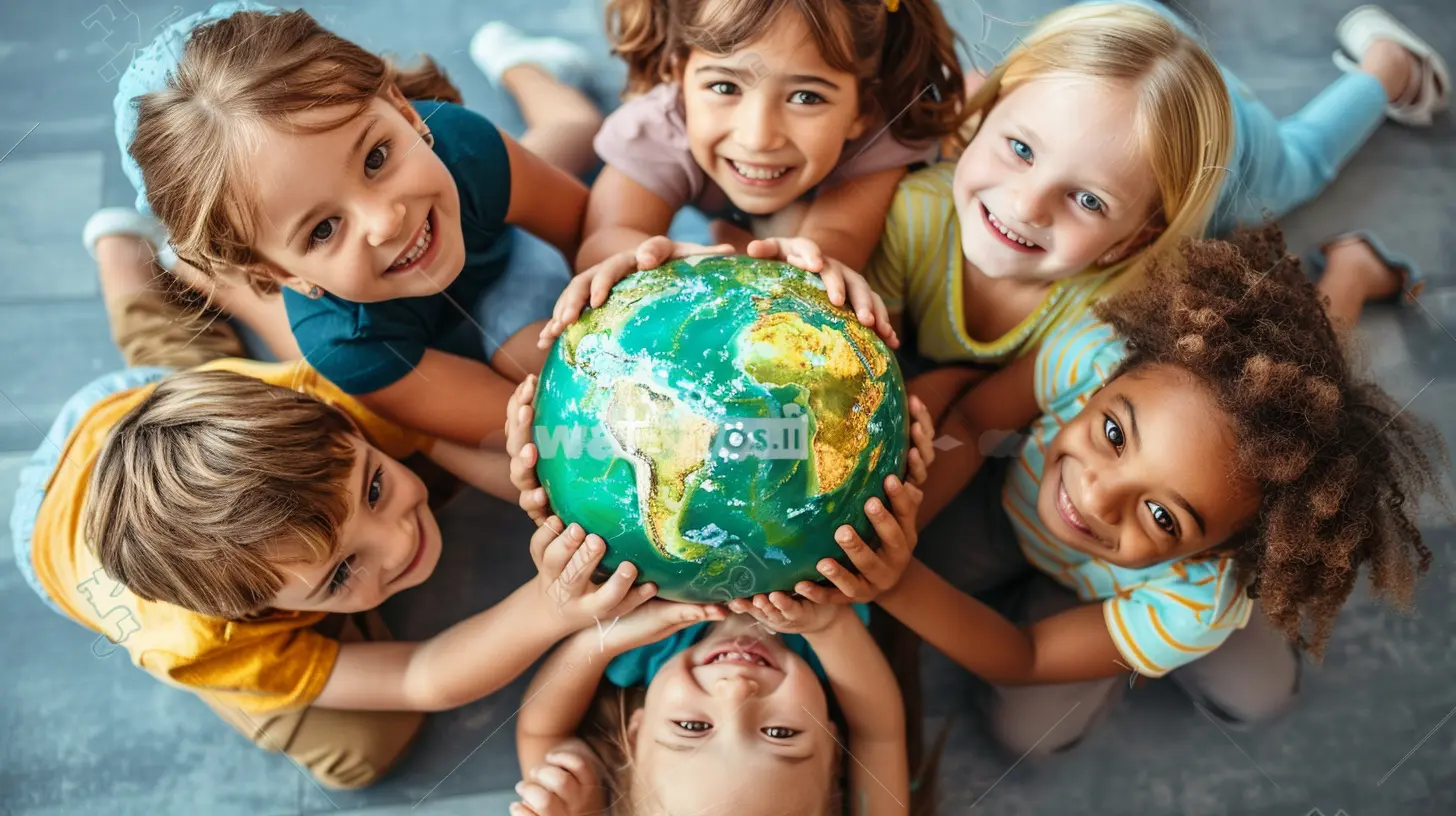
Teaching Sustainability Without Scaring Them
Here’s the tricky part. How do we teach kids that the planet needs help without overwhelming them with doom-and-gloom?The secret? Focus on hope, action, and empowerment.
- Instead of “The Earth is dying,” say “The Earth needs helpers.”
- Instead of climate disaster images, show kids working in gardens or planting trees.
- Instead of guilt about using plastic, encourage pride in making better choices.
It’s not about sugar-coating reality—it’s about giving them the belief that their actions make a real difference.
Cultural Relevance in a Green Curriculum
Let’s not pretend that one size fits all. A green curriculum should reflect local culture, environment, and societal needs.- In rainforest countries, focus on deforestation and biodiversity.
- In dry regions, talk about water conservation.
- Urban classrooms? Explore urban gardens and reducing noise pollution.
Also, draw from indigenous knowledge—many traditional communities have lived sustainably for centuries. Let’s honor that wisdom.
Getting Parents and Caregivers on Board
Kids don’t live in a vacuum. What happens at home matters just as much.- Send home green activity kits.
- Share simple eco-tips in newsletters (like “Meatless Mondays” or “No-Plastic Tuesdays”).
- Invite parents to green workshops or nature days.
When the home echoes the classroom, it reinforces the message tenfold. Plus, you might just inspire whole families to go greener.
Measuring Impact (Yes, Even With Littles)
You might wonder—how do we know if it’s working?Well, the results might not show up in test scores, but you’ll see it in behavior.
- Are kids excited about nature walks?
- Do they remind each other to recycle?
- Are they asking deeper questions about the world?
Even small shifts—like a child picking up trash on the playground without being asked—are powerful indicators.
Challenges to Expect (And How to Handle Them)
Let’s keep it real. Going green in early education isn't always smooth sailing. You might hit a few roadblocks.Common Challenges:
- Limited budgets for eco-friendly materials.- Lack of training for teachers.
- Resistance from parents who don’t see the point.
Solutions:
- Use free and natural materials—sticks, leaves, cardboard.- Offer short online courses or peer workshops.
- Share success stories and student work with parents to show its value.
The key is persistence and a little creativity.
Final Thoughts: Start Small, Think Big
If you're waiting for the “perfect” time or curriculum, stop. Start where you are. Add a nature walk here, a plant there. Talk about the sunshine. Celebrate Earth Day with gusto.Kids don’t need to be experts in ecology. They just need to begin by noticing, caring, and acting in small ways. Because the truth is, when kids learn to love the Earth early on, they grow up wanting to protect it.
And in the end, isn’t that the kind of world we all want to live in?
all images in this post were generated using AI tools
Category:
Environmental EducationAuthor:

Bethany Hudson
Discussion
rate this article
1 comments
Selah Clayton
A green curriculum nurtures young minds and fosters environmental responsibility, ensuring children appreciate nature and understand sustainability from an early age.
August 10, 2025 at 2:21 AM

Bethany Hudson
Thank you for recognizing the importance of a green curriculum! Nurturing environmental responsibility early on is essential for fostering a sustainable future.
